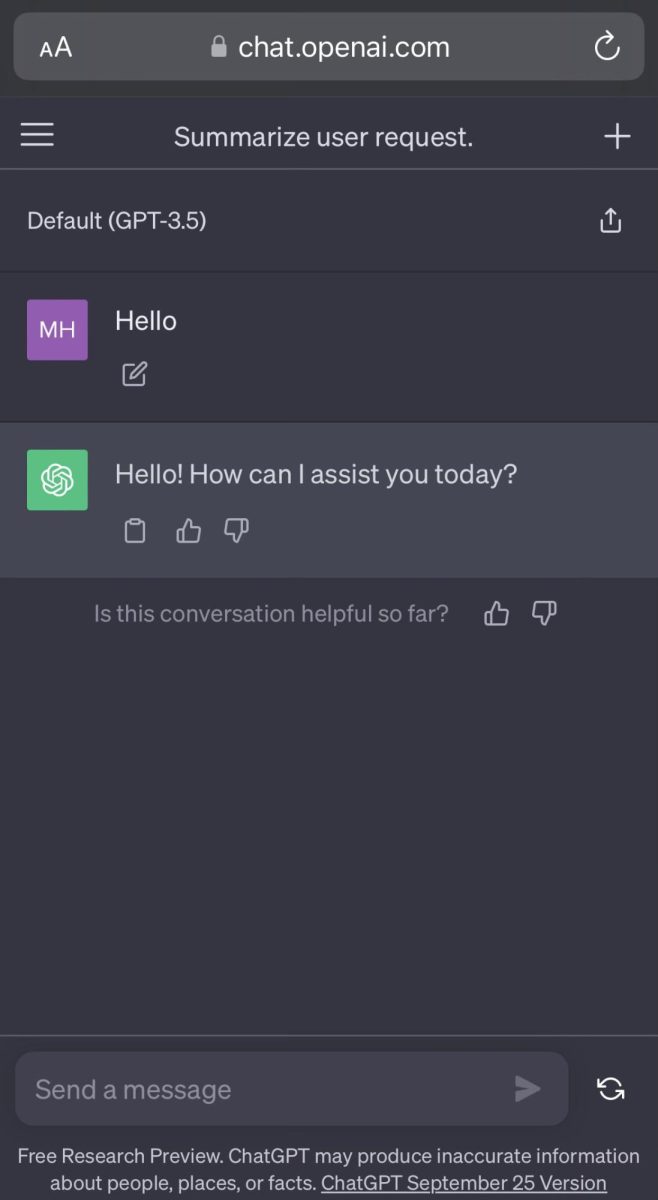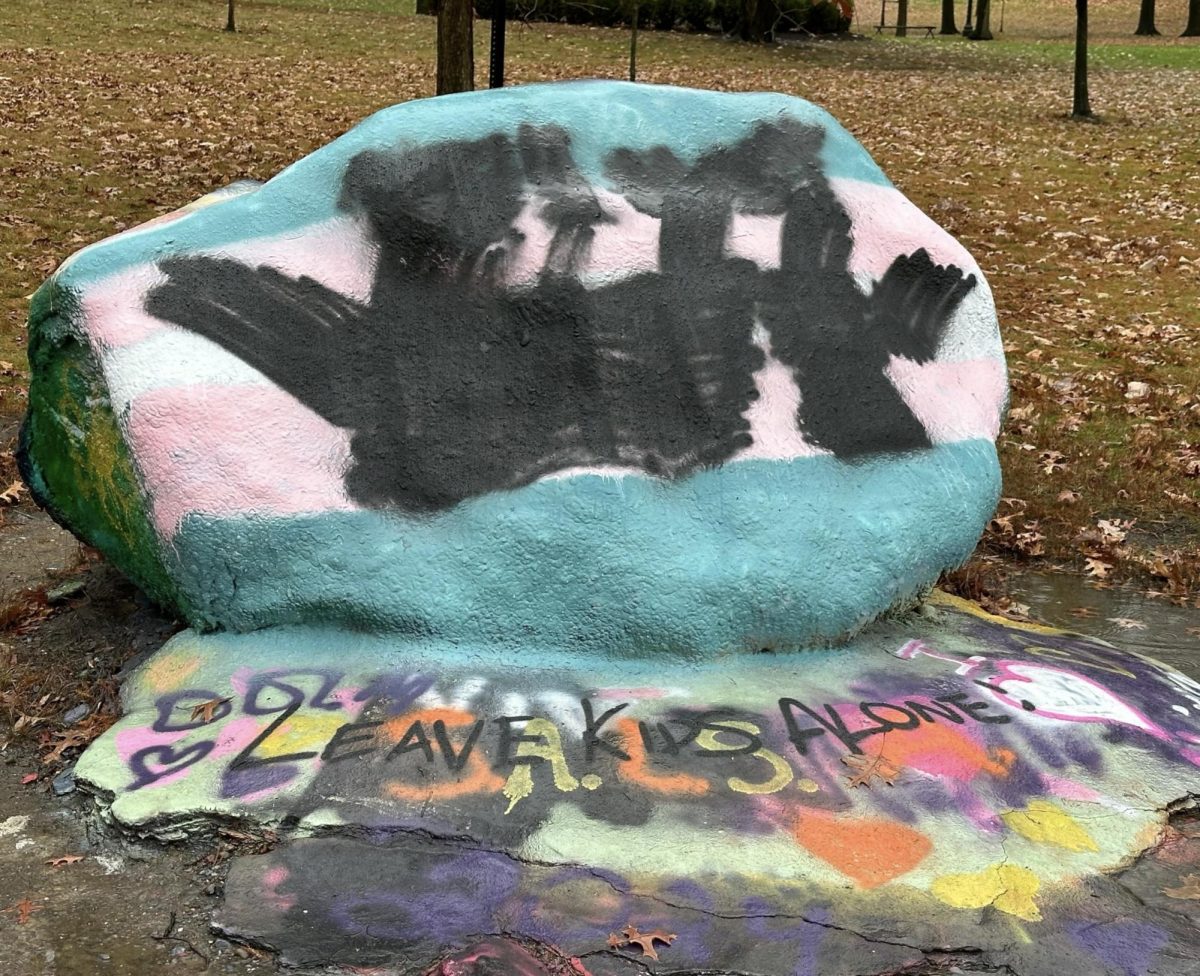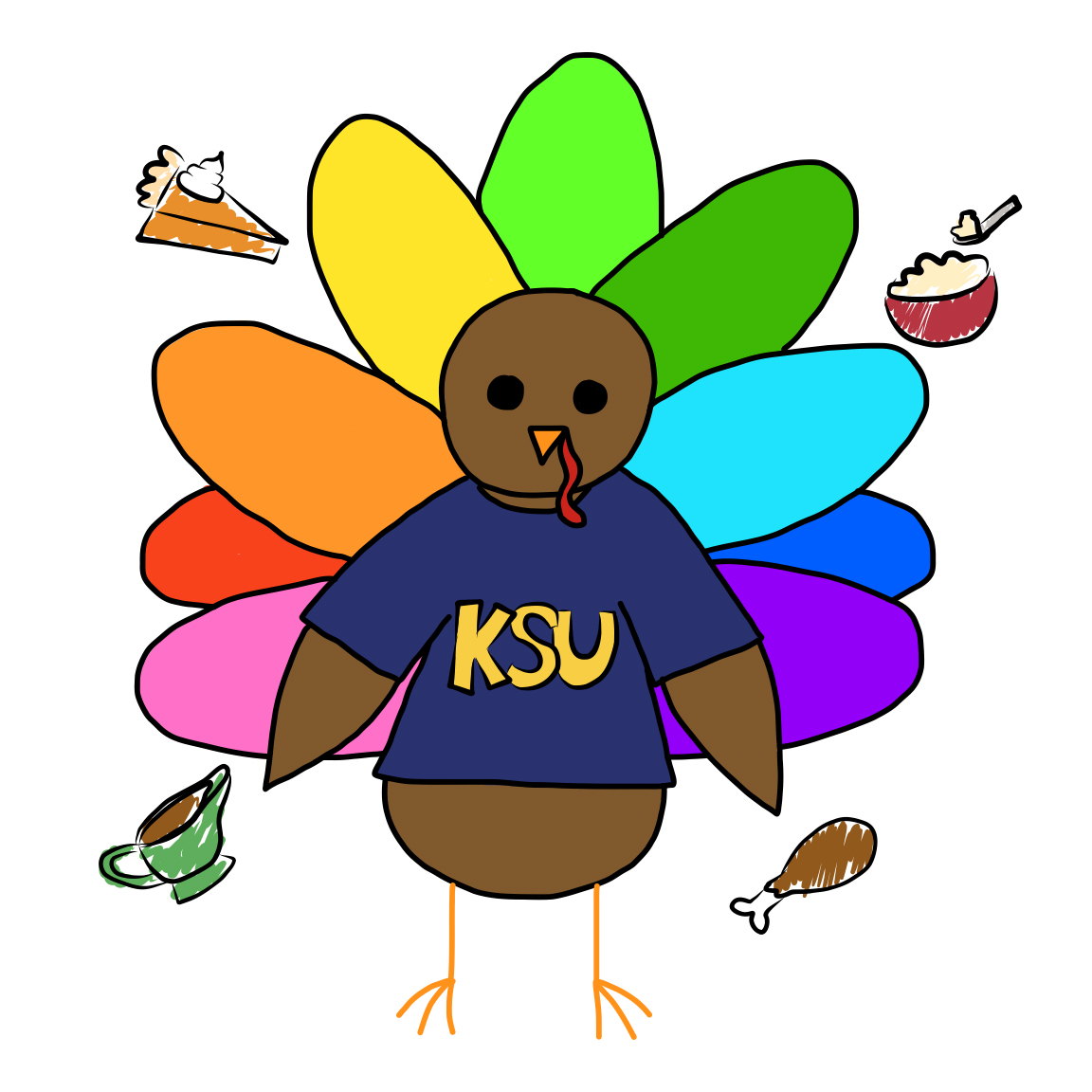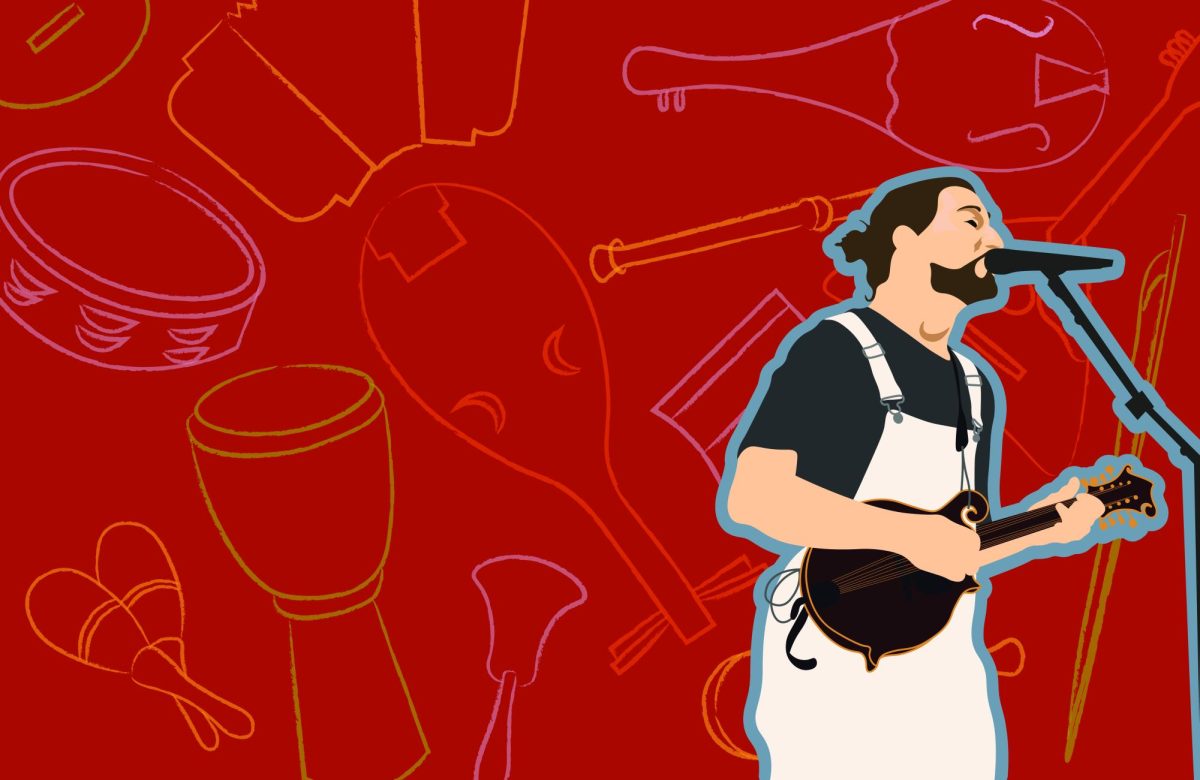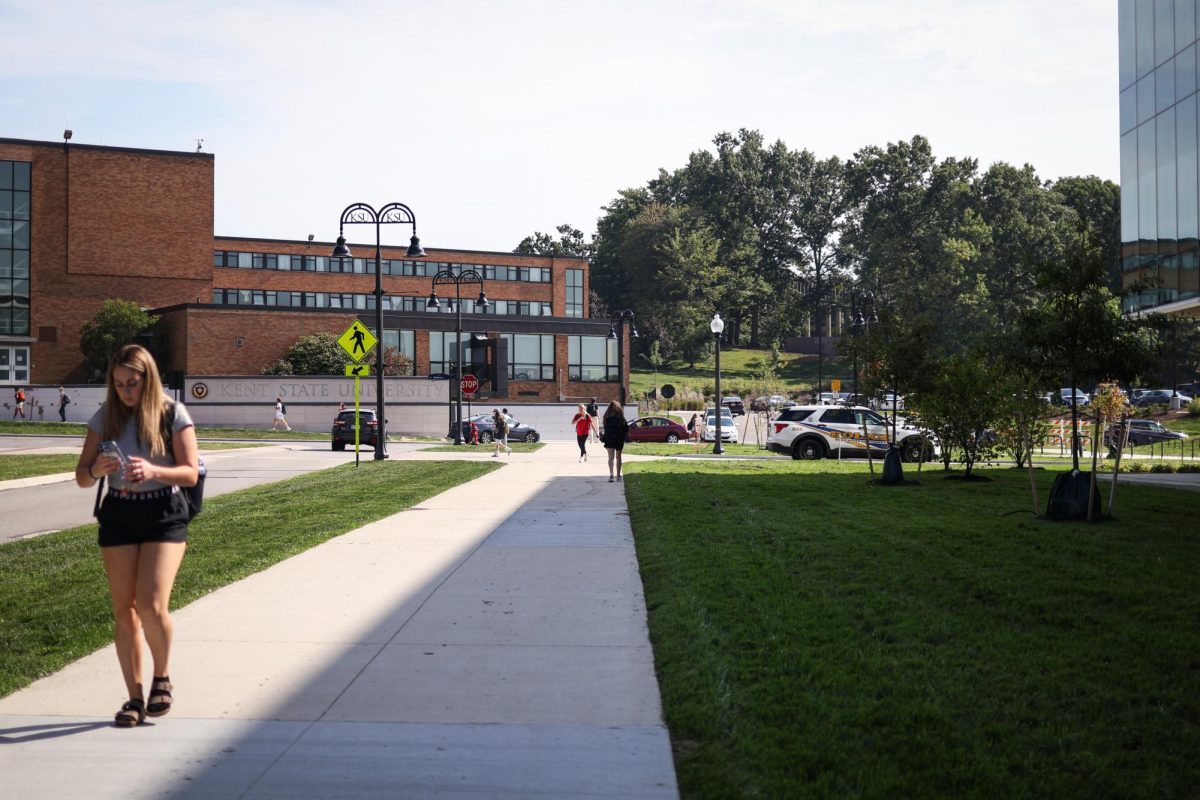ChatGPT can allow students to engage in new ways of learning within college and the classroom setting, helping students further their critical thinking and other essential skills needed to learn in a college setting.
However, the AI tool can also bring risks if students begin to solely rely on it in their studies.
Sarah Beal, the professional development specialist for the Center of Teaching and Learning, said ChatGPT is a generative AI tool that can generate sentences or information by using predictive text.
The AI tool has been trained on many types of human text and is essentially predicting what will come next in a given series of words based on the context of the text it’s given and what it already knows.
ChatGPT is constantly being updated by OpenAI, the company that created it, and it is always learning new information as more people use it.
Beal said ChatGPT can be used in classroom settings as a learning support tool to help engage students through critical thinking and other methods of learning.
“Something ChatGPT can be used for to help engage students is to have it generate responses and have students critique the responses,” she said. “[critiques like:] How would you make this a better response? What information would you add to this response? Questions like this can engage students in critical thinking.”
In addition to being a tool for critical thinking, Beal said ChatGPT can be used as a personal tutor to help students understand certain concepts easier, as well as help them brainstorm new ideas.
“If you’re not understanding a particular concept, it can be used to explain that concept in a way that is easier for you to understand,” she said. “It can use simpler language, and it can even be used if you’re having a writer’s block and need help coming up with new ideas.”
Some professors at universities around the U.S. have begun to embrace ChatGPT within their classrooms.
Beal said that ChatGPT should be used to strengthen learning, not for writing and doing assignments completely for them.
She said by showing students how to learn alongside the AI tool, they can learn to adapt to other forms of technology that become present in the future.
“We like to compare it to using a calculator in high school because teachers used to say that you won’t have a calculator in your pocket every day, but now we do,” she said. “I literally have a calculator in my pocket every day – my cell phone. Like cell phones, we will learn to adapt to and live with it.”
David Silva, an associate professor for communication studies, said ChatGPT can be a helpful learning tool for students who use it correctly, but it can also cause students to not fully develop their own learning skills.
“Well the tool (ChatGPT) can be very useful in certain classroom settings, it’s sometimes not helping the educational process,” he said. “Students still need to be able to solve problems on their own, like how many teachers don’t allow calculators to solve math problems, this is a similar circumstance.”
Silva said if students start regularly shortcutting their learning through the use of ChatGPT, they’re not making much use of their tuition dollars and are not bettering themselves in the long run.
“They’re just turning in an assignment that they didn’t do themselves instead of going through the motions to complete it,” he said. “Students should be taught how to work alongside generative AI tools like ChatGPT, but they should also still be taught how to hone their problem-solving skills on their own.”
Molly Hoffer is a digital tech. Contact her at [email protected].


